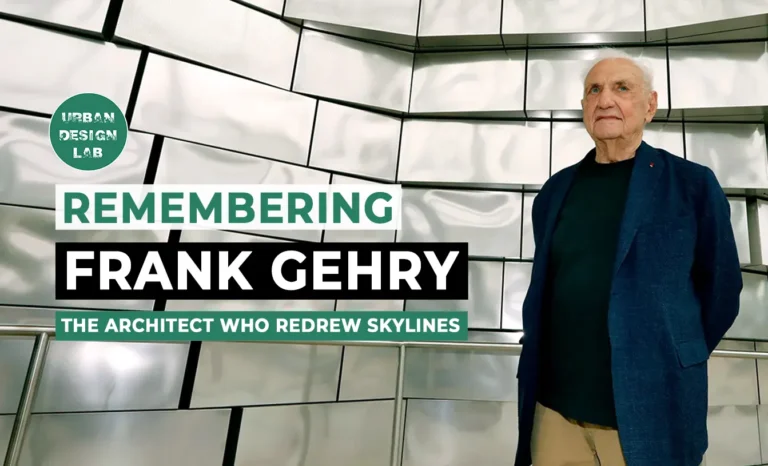
Daniel Burnham – Legacy of the 1909 Chicago City Plan
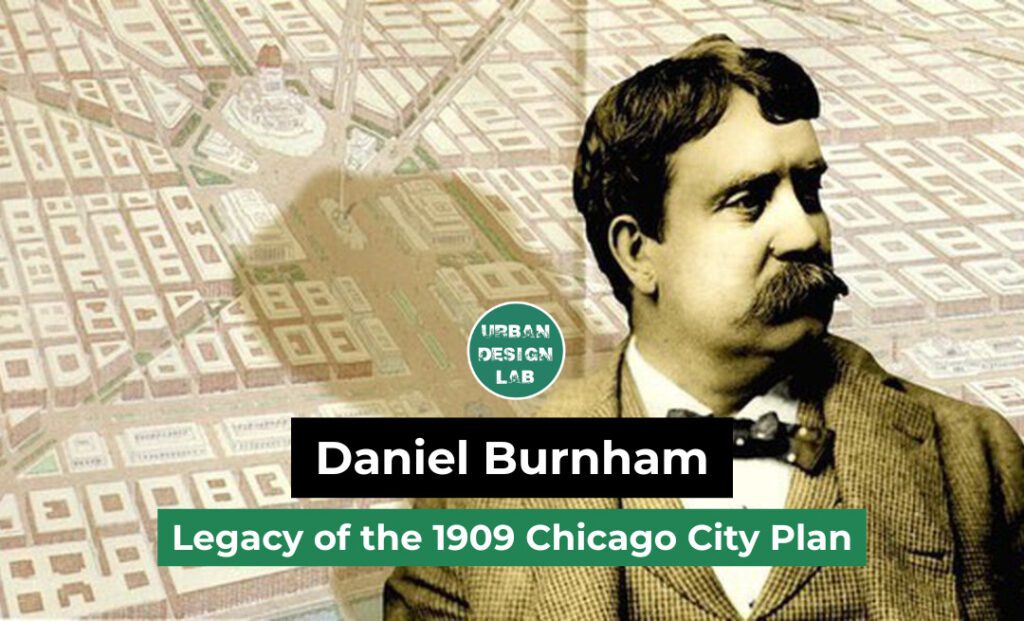
This article delves into the sphere of Daniel Hudson Burnham: life and legacy. A visionary American architect and urban planner, Burnham is most famed for his transformative interventions into the 1909 Plan of Chicago. Burnham had no formal training in architecture but made good on the promise of his determination, forging partnerships, especially with John Wellborn Root, and growing a passion for city-scale design.
His participation in the 1893 World’s Columbian Exposition introduced the ideas of the City Beautiful Movement to uplift society. Taking a cue from European urban design and neoclassical styles, Burnham sought to design cities such that they would function well and uplift the spirit.
The Commercial Club of Chicago commissioned Burnham and Edward Bennett to co-author the Chicago Plan, a take on a range of major urban problems. The plan represented the first large-scale, integrated plan for an American city, one conceived to engender civic pride through order, beauty, and accessibility.
Burnham’s works remade Chicago and then set the tone for future urban planning, turning Burnham into a foundational figure in American city planning. Though he died in 1912, his legacy continues to guide urban development principles across the globe.
Introduction
Across America’s architects, there is a figure rooted in the history of Chicago, and even in the history of the United States. Daniel Burnham was a visionary planner, a designer, and a thinker who left his mark on the architecture of America. Despite never completing a formal architecture education, Burnham achieved things that even professionals struggled with. His life represents an example of turning failure into success. He bridged the gap between architecture, business, and politics with new techniques in urban planning.
At the top of his achievements lies the 1909 Plan of Chicago, a masterpiece amidst a chaotic context, aiming to reach order and efficiency, intertwined with beauty in Chicago’s streets. Chicago’s plan for 1909 was the first comprehensive plan in the US, addressing transportation, recreation, civic architecture, aesthetics, and regional growth, all in harmony.
Burnham was not only organizing the city through planning, but also shaping its identity and reflecting its values, transforming his vision into a reality.
“Make no little plans; they have no magic to stir men’s blood…” Daniel Burnham

Early Life and Career Foundations
Daniel Burnham was born on September 4, 1846, in Henderson, New York, and moved with his family to Chicago at the age of nine. He attended Snow’s Swedenborgian Academy and then Central High School in Chicago. From an early age, Burnham showed an enthusiasm for drawing, but struggled academically. In his late teens, he failed Harvard and Yale entrance exams due to his anxiety under the pressure of exams.
Afterward, Burnham was getting lost in his life, drifting between one job and another, but he did not find himself in any of them. Eventually, he returned to Chicago and worked as a draftsman under William Le Baron Jenney in 1867. This step marked the beginning of his architectural journey. By 1872, he had joined the Carter, Drake & Wight firm, where he met John Wellborn Root, who later started a new firm in partnership with him.
Burnham and Root were the perfect combination of minds, with Root’s innovative thinking and Burnham’s organizational leadership; the firm gained a strong reputation and produced more than 165 private residences and 75 buildings, shaping the new Chicago.
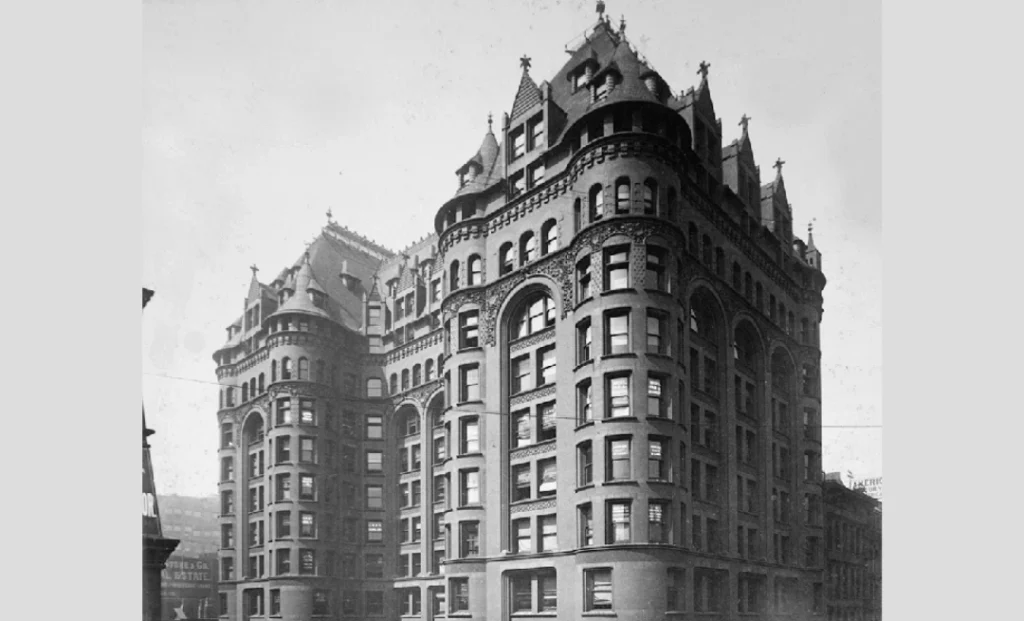
Source: Website Link
Burnham Shift from Architecture to Urban Planning
After the Great Chicago Fire in 1871, extensive damage led to rebuilding initiatives, which opened an opportunity for the Burnham and Root firm to design much of Chicago’s architecture, ranging from commercial buildings to skyscrapers. The Masonic Temple, the Reliance Building, and the Monadnock Building were among the greatest achievements of this partnership.
This period laid a cornerstone for Burnham’s career. Root passed away in 1890 while he was planning for the World’s Columbian Exposition. Burnham took over the direction of all the work on the Exposition, as the most urban-scale project to direct solely. Through his work in the World’s Columbian Exposition, he engaged with both architecture and landscape design projects, which led him to think on a broader scale about how these buildings and gardens can shape the city.
This experience was a turning point, leading Burnham to realize his deep passion for city planning and shift his career to urban planning and monumental work. Burnham continued to lead major projects with different partners and collaborators, focusing on the urban form and city planning.
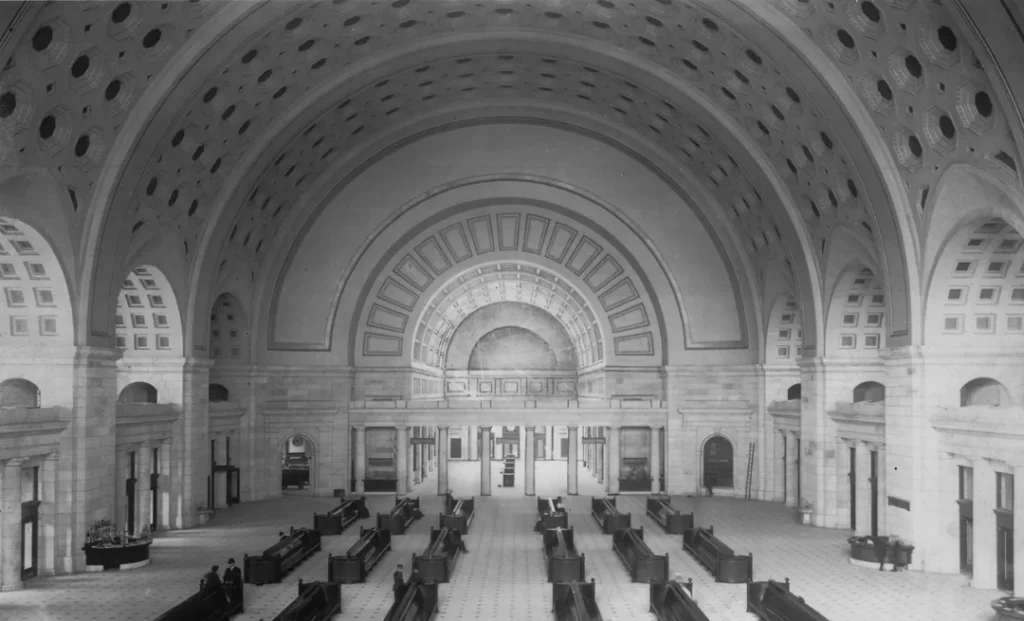
The Rise of the City Beautiful Movement
At the 1893 World’s Columbian Exposition in Chicago, the City Beautiful Movement, directed by Daniel Burnham, was born in the United States. The architecture of Europe influenced Daniel, with their parks, fountains, and streets. Burnham was closely monitoring how their cities were transforming, and was inspired to lead what was called the White City in Chicago. Embodying the concept of the beautiful city would foster social uplift and public order. They applied aesthetic improvements across the city, an ensemble of classical buildings, wide boulevards, and landscapes, as an attempt to enhance social interactions.
Burnham applied his vision for the City Beautiful concept to several projects in Washington, Cleveland, Manila, and San Francisco, earning him the title “Father of the City Beautiful”. The Chicago Exposition had a widespread emulation in cities, following the wave of Beaux-Art renewals. The City Beautiful transformed urban ideas into actual and practical principles, shaping dwellers’ living experiences and paving the way for the 1909 Chicago City plan.
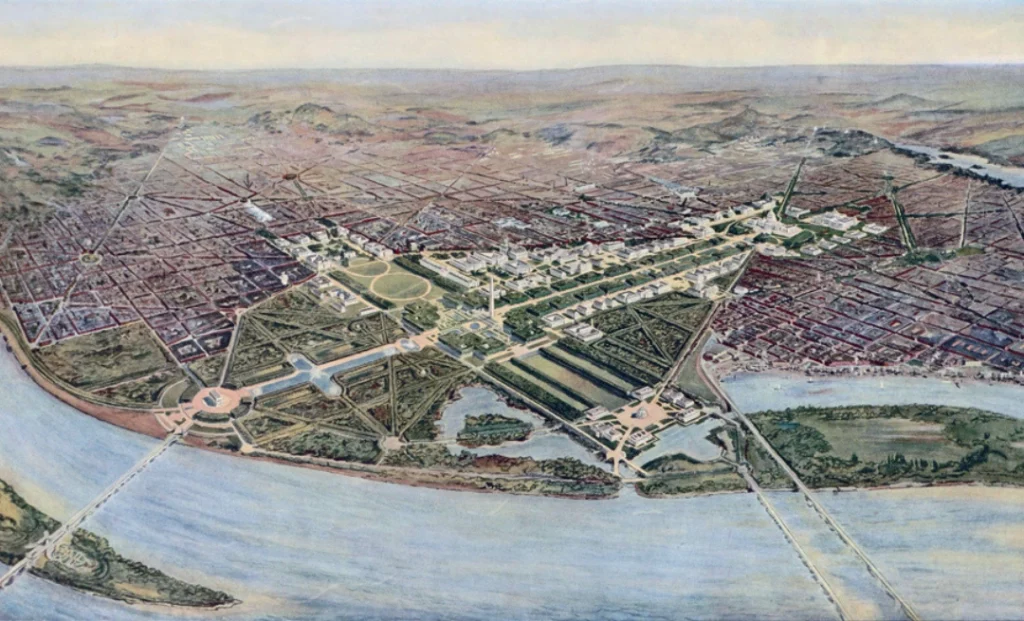
The Birth of 1909 Chicago Plan
In 1907, the Commercial Club of Chicago, formed from the Merchants Club and the Commercial Club, led by elite businessmen, recognized the urgent need for strategic planning in Chicago in response to the noticeable rapid urban growth. Daniel Burnham, as a visionary planner, offered his services without compensation to lead the development of a comprehensive plan for Chicago. Working alongside Edward H. Bennett, Burnham assembled a team of designers and researchers to conduct studies aiming to shape the new city of Chicago.
As Burnham was known for his innovative techniques and his belief in planning to shape people’s thoughts and identity, he held numerous meetings not only with the club but also with the public to ensure that the new city plan would satisfy its inhabitants before publishing it. Using persuasive speech and presentations, Burnham reflected his perspective and promoted the feasibility of the plan.
The Plan of Chicago was beautifully illustrated and published in 1909. In the following months, the implementation of the Chicago Plan Commission began, marking a milestone in the history of America.

Core Elements of the Chicago Plan
The Chicago plan involved nearly all urban elements as a comprehensive proposal for shaping the city. At the core of these elements lie major ones that have received particular emphasis. One of these was the improvement of the Lakefront, deepening the idea that the lakefront belongs to the people; therefore, Burnham and Bennett designed it as a continuous public space with vast green parks, playgrounds, and beaches along Michigan Lake.
Relying on the main mission of beautifying the city, most of the interventions addressed in the plan were associated with parks and open spaces. Burnham and his partner designed an interconnected system of parks, playgrounds, and boulevards, promoting recreation and interaction among all ages.
The plan tackled transportation challenges by proposing enhancements for streets, ensuring their hierarchy, effective width, and organized intersections. It also envisioned a regional network of highways connecting Chicago with surrounding towns, and suggested some improvements for the railway terminals.
The 1909 Chicago City Plan addressed cultural identity as a crucial factor, proposing a new civic center and envisioning all museums and cultural institutes hosted in one center to reinforce civic pride, democratic ideals, and aesthetic order.
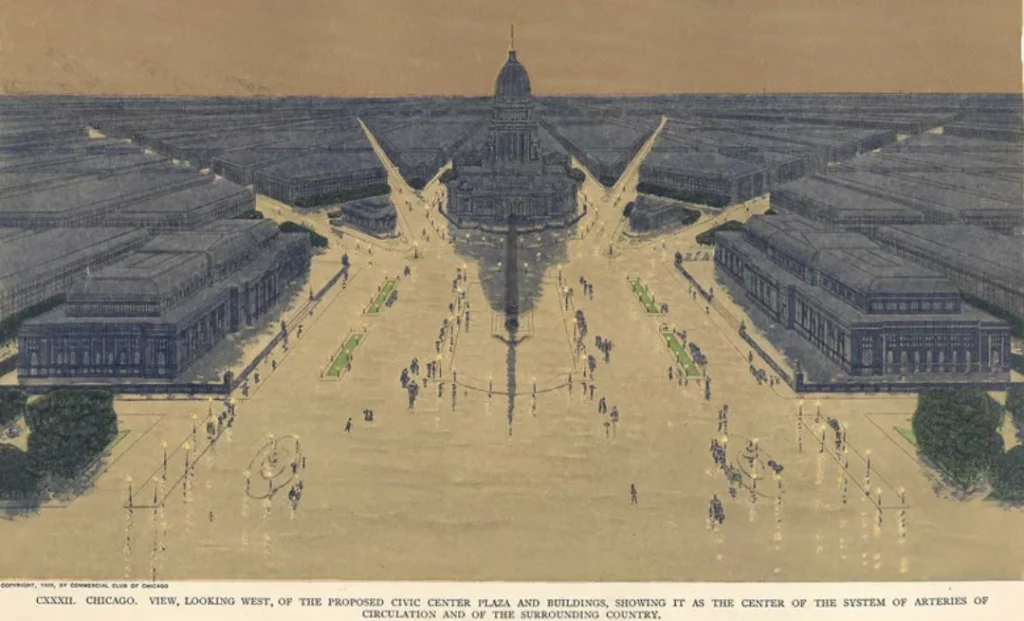
Legacy and Impact of Burnham
The 1893 World’s Columbian Exposition, known as The White City, left a monumental legacy, demonstrating how order, symmetry, and neoclassicism could inspire public admiration and civic order. Pointing to the chaotic order of Chicago, Burnham once described the city before as “a city made by chance, not by design.” He hoped someday he would make a difference in this city, and as he followed his dream, he achieved it by shaping the city’s future.
Burnham’s 1909 Plan of Chicago was the first fully articulated, regionally scaled master plan in American history. He laid a path for planners to walk through and transformed the planner profession into a visionary thinker who designs for a broader scale, thinking not only for the present, but for past and future decades.
Daniel Burnham imagined beauty in cities and inspired generations of architects, planners, and officials to envision cities as expressions of identity. His work remains a basis for the architecture of American cities.
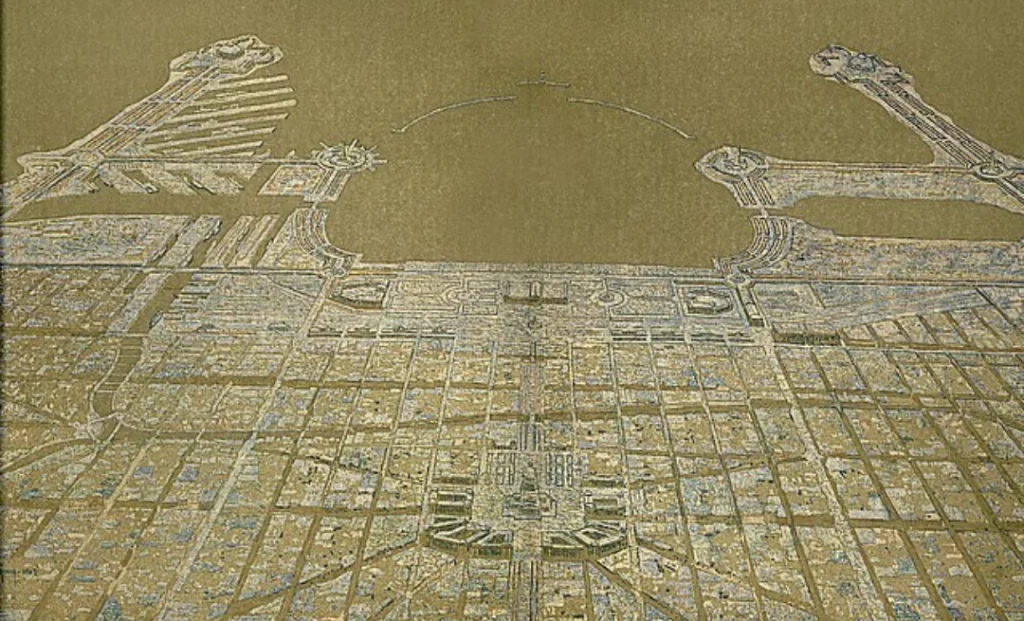
Conclusion
Chicago once suffered from a lack of planning, resulting in chaotic systems of streets, buildings, transport systems, and a scarcity of public spaces. Yet, this situation did not discourage Burnham; instead, he saw the opportunity in this chaos. It gave him a purpose and triggered him not only to dream about a brighter city, but to transform this image of Chicago into what he had envisioned in the 1909 Chicago Plan. Burnham introduced a new paradigm for urban planning, balancing function with beauty in the city, reinforcing social bonds, and ensuring efficient structure.
The impact of The Plan of Chicago not only transformed the city into a better version, but also influenced other cities across the United States and beyond to follow in its steps. Though Burnham passed away shortly after the publication of the plan in 1912, his name remains as a pioneer who shaped the architecture of America, and the whole world testifies to his efforts to this day.
References
- Wolner, E. W., & Burnham, D. H. (1977). Daniel Burnham and the Tradition of the City Builder in Chicago.
- Schaffer, K. (2003). Daniel H. Burnham. Rizzoli International Publications.
- Stone, D. (2005). Chicago’s classical architecture: the legacy of the White City. Arcadia Publ.
- Field, C. R. (1987). The City Planning of Daniel Hudson Burnham.
- Burnham of Chicago. (2025). Google Books. https://books.google.co.ke/books?hl=ar&lr=&id=JkOBGvLV57UC&oi=fnd&pg=PR5&dq=daniel+burnham+biography&ots=-sPn1GiOXl&sig=q9_QxfRTLHQudo3XQCsdiGtbwas&redir_esc=y#v=onepage&q=daniel%20burnham%20biography&f=false
- The Plan of Chicago A R E G I O N A L L E G A C Y. (n.d.). https://burnhamplan100.lib.uchicago.edu/files/content/documents/Plan_of_Chicago_booklet.pdf
- Wolner, E. W. (1977). DANIEL BURNHAM AND THE TRADITION OF THE CITY BUILDER IN CHICAGO: TECHNIQUE, AMBITION AND CITY PLANNING. New York University.
- Smith, K. (2018). Sheltering Opportunity: City Planning and Housing in Chicago, 1909-1941 (Doctoral dissertation, The University of Wisconsin-Milwaukee).

Asma Alhassan
About the Author
Asma Alhassan is an architecture graduate from the University of Khartoum, Sudan, with a focus on urban design, research, and visual communication. Interested in exploring creative ways to enhance comfort and livability. She has contributed to studies on architectural and social issues and participated in fieldwork and spatial analysis. Asma brings a multidisciplinary perspective to her work.
Related articles


Architecture Professional Degree Delisting: Explained
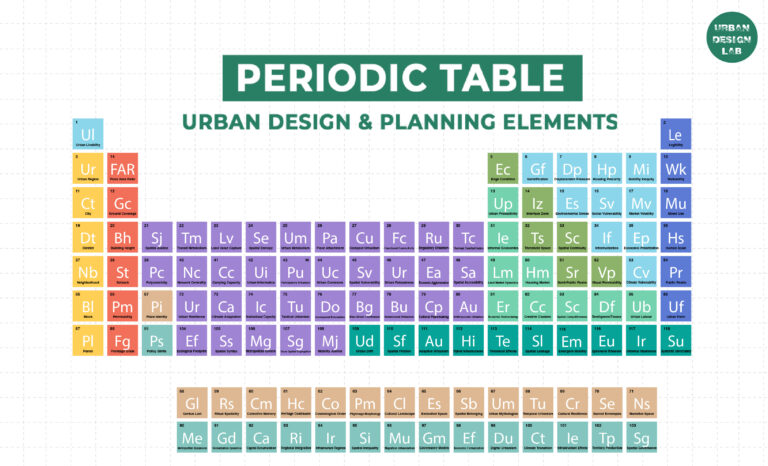
Periodic Table for Urban Design and Planning Elements
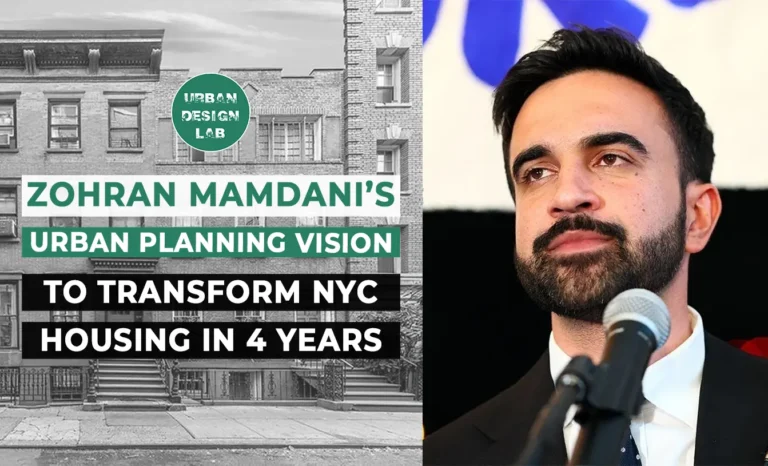
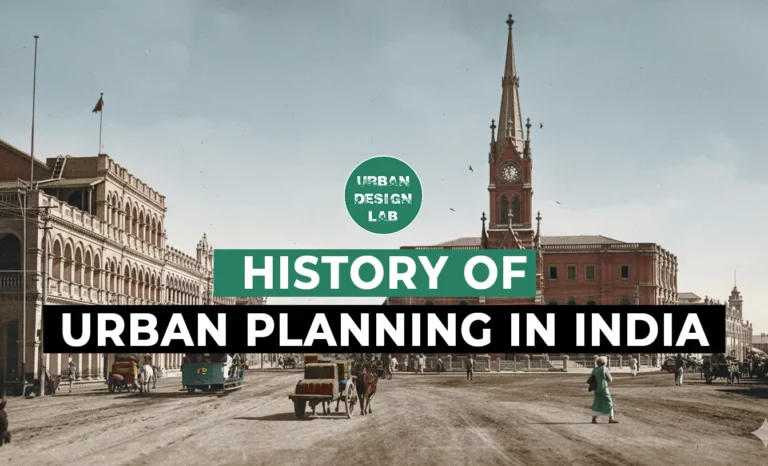
History of Urban Planning in India
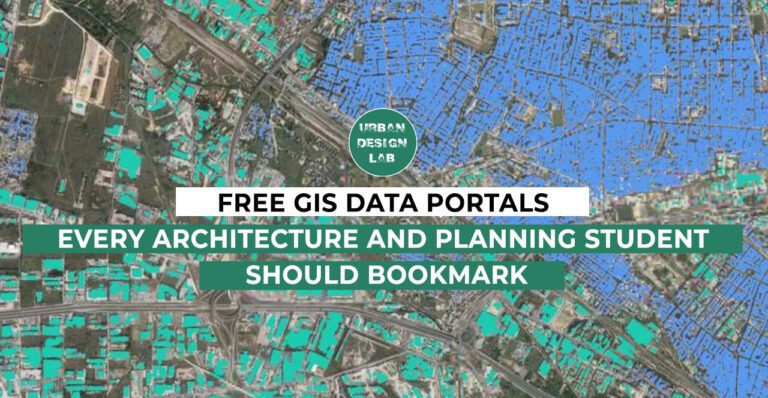
UDL Illustrator
Masterclass
Visualising Urban and Architecture Diagrams
Session Dates
17th-18th January 2026

Urban Design Lab
Be the part of our Network
Stay updated on workshops, design tools, and calls for collaboration
Curating the best graduate thesis project globally!

Free E-Book
From thesis to Portfolio
A Guide to Convert Academic Work into a Professional Portfolio”
Recent Posts
- Article Posted:
- Article Posted:
- Article Posted:
- Article Posted:
- Article Posted:
- Article Posted:
- Article Posted:
- Article Posted:
- Article Posted:
- Article Posted:
- Article Posted:
- Article Posted:
- Article Posted:
- Article Posted:
- Article Posted:
Sign up for our Newsletter
“Let’s explore the new avenues of Urban environment together “


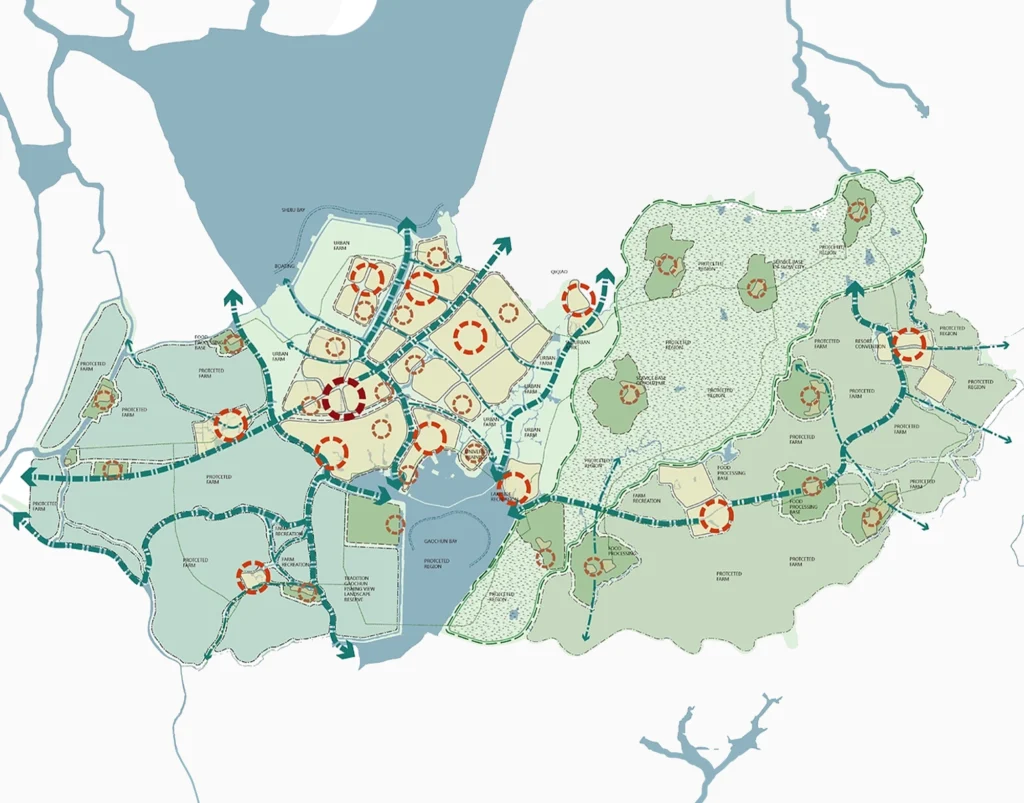

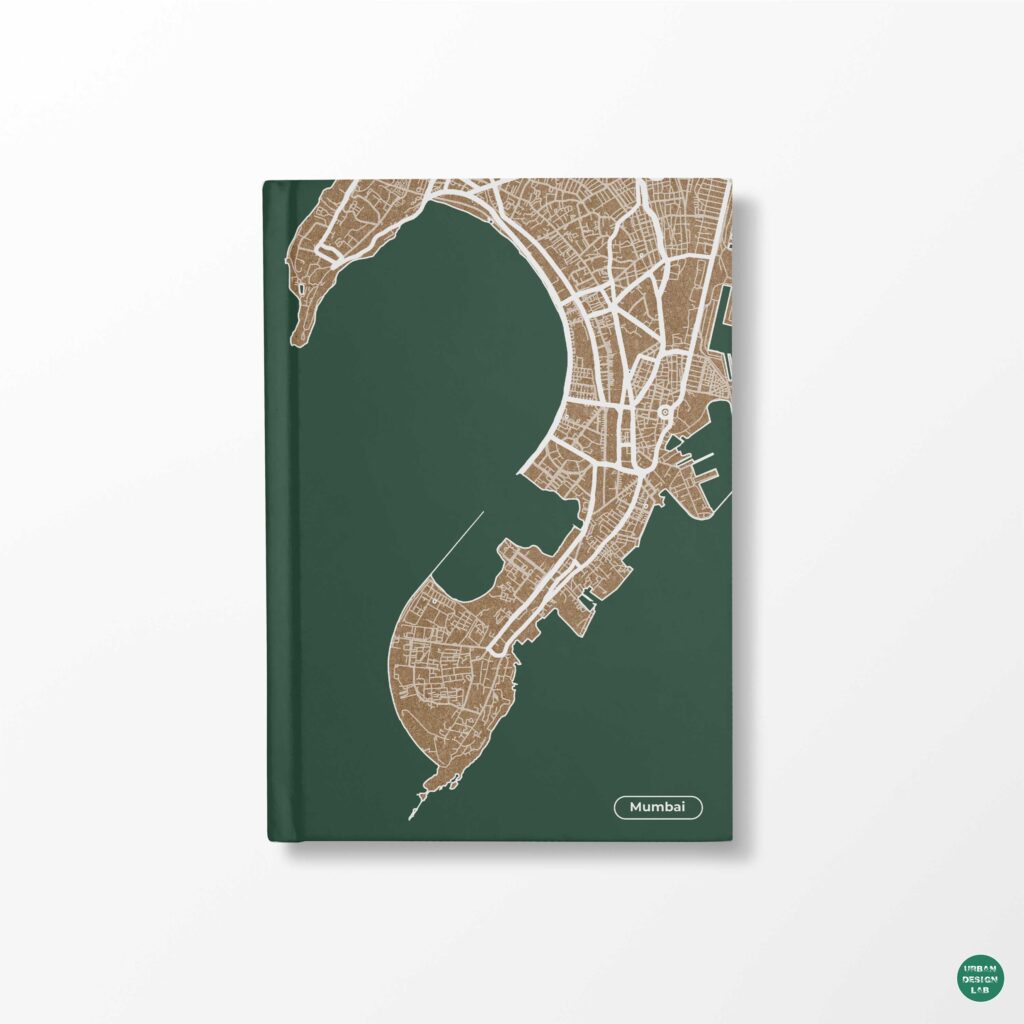
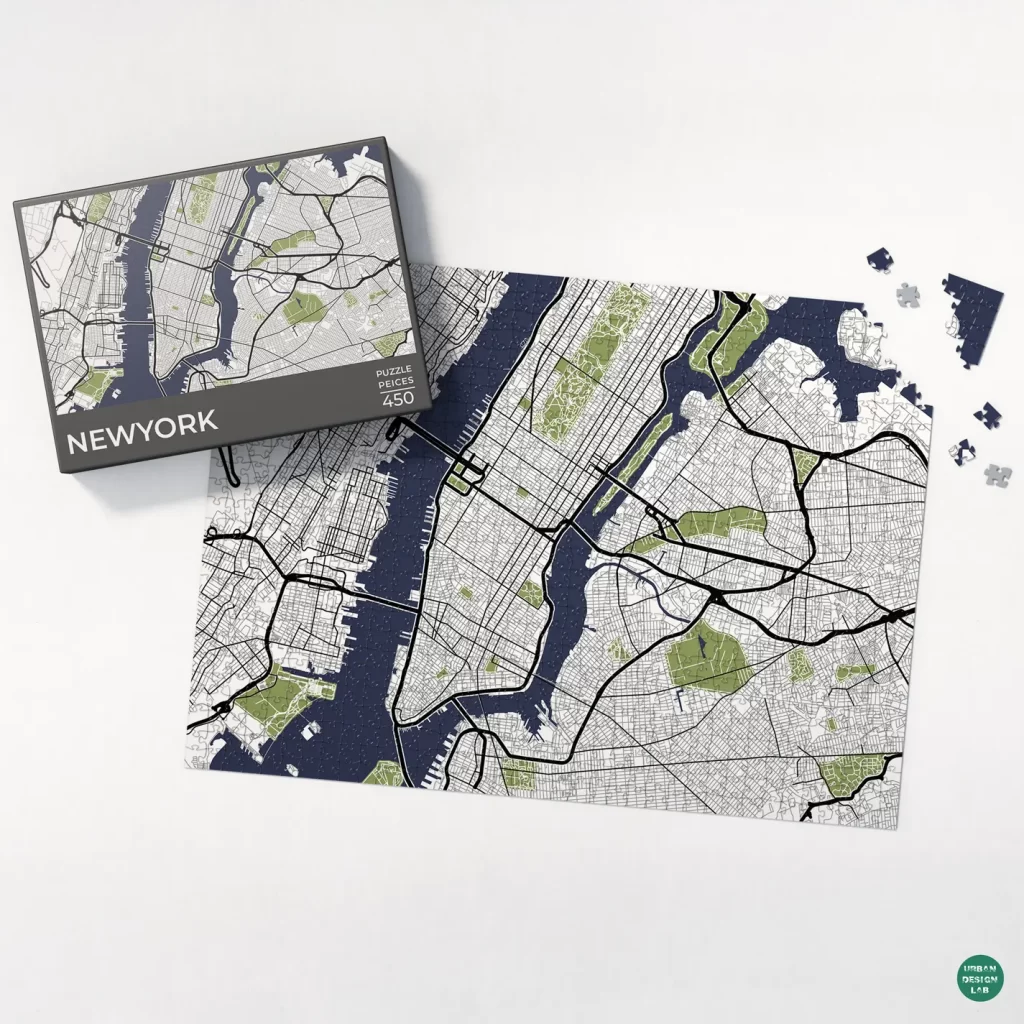
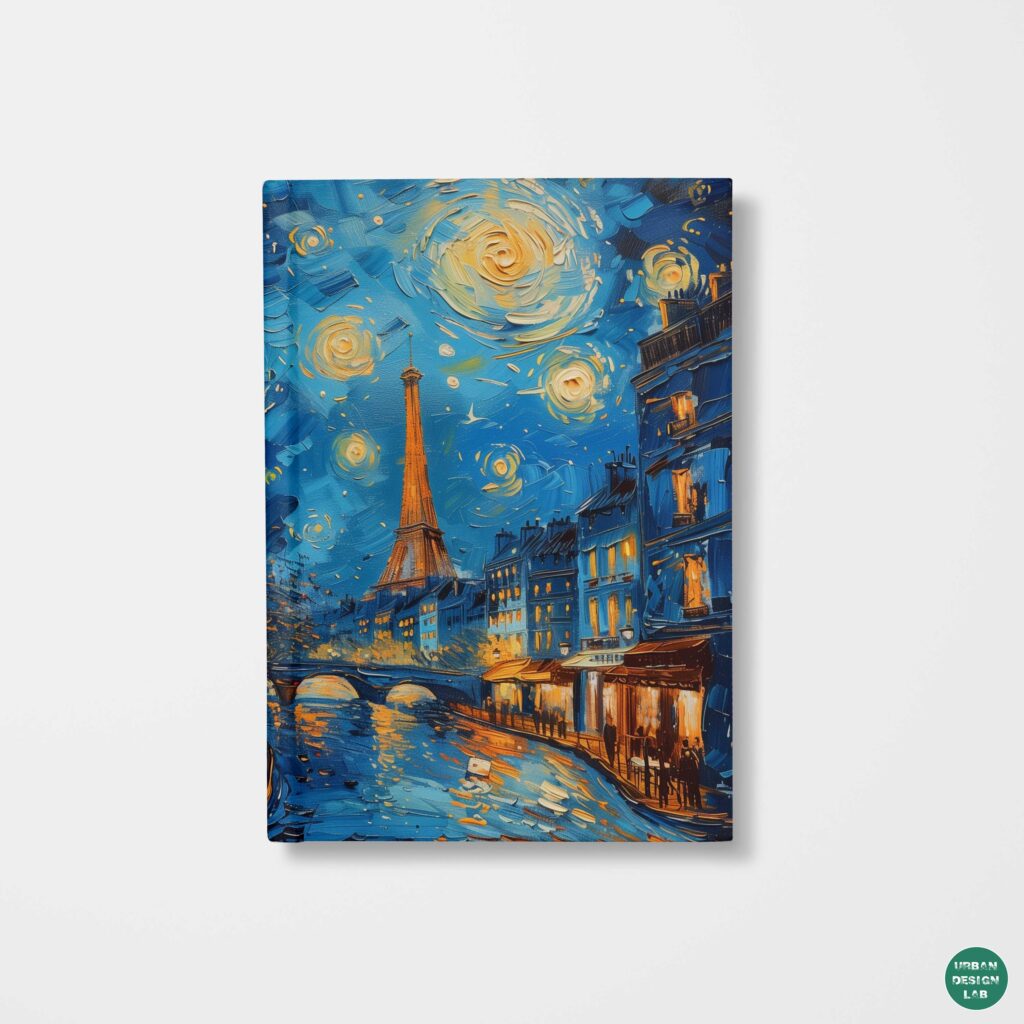



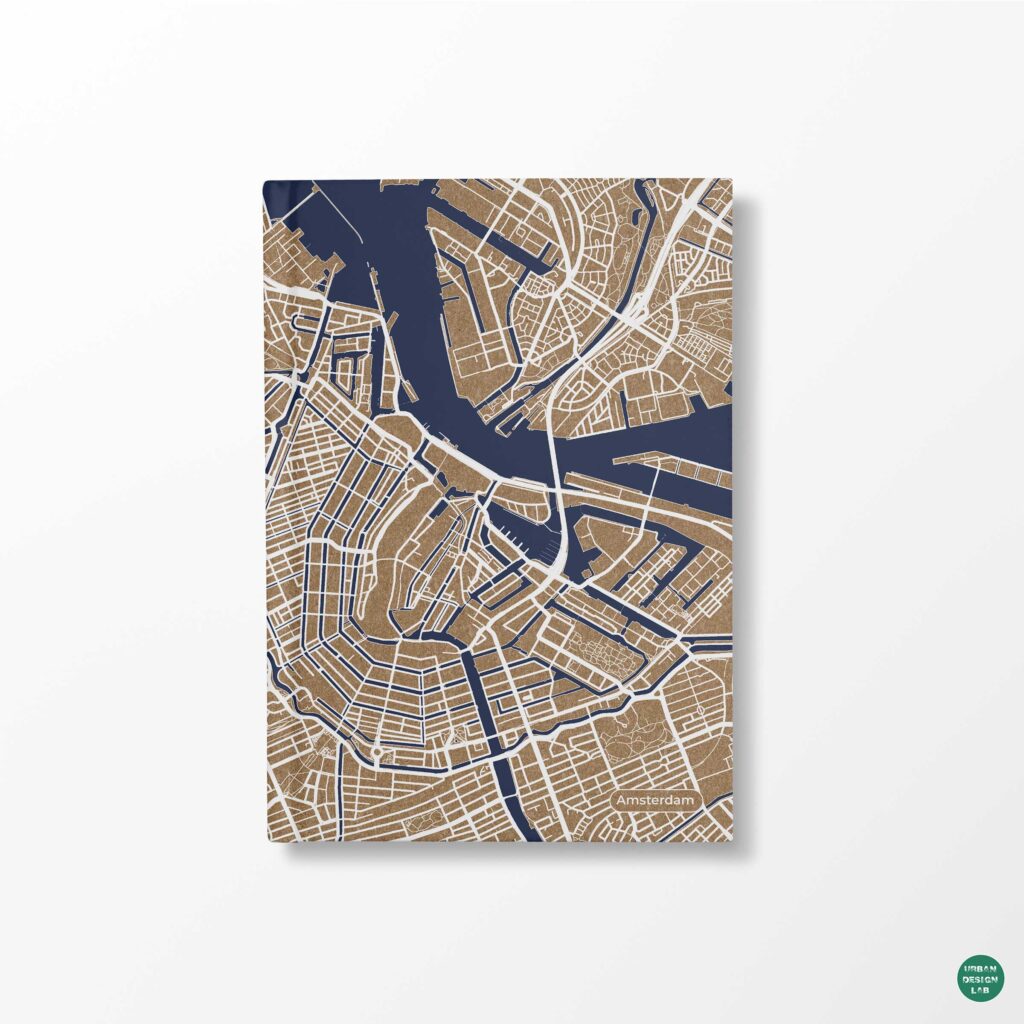
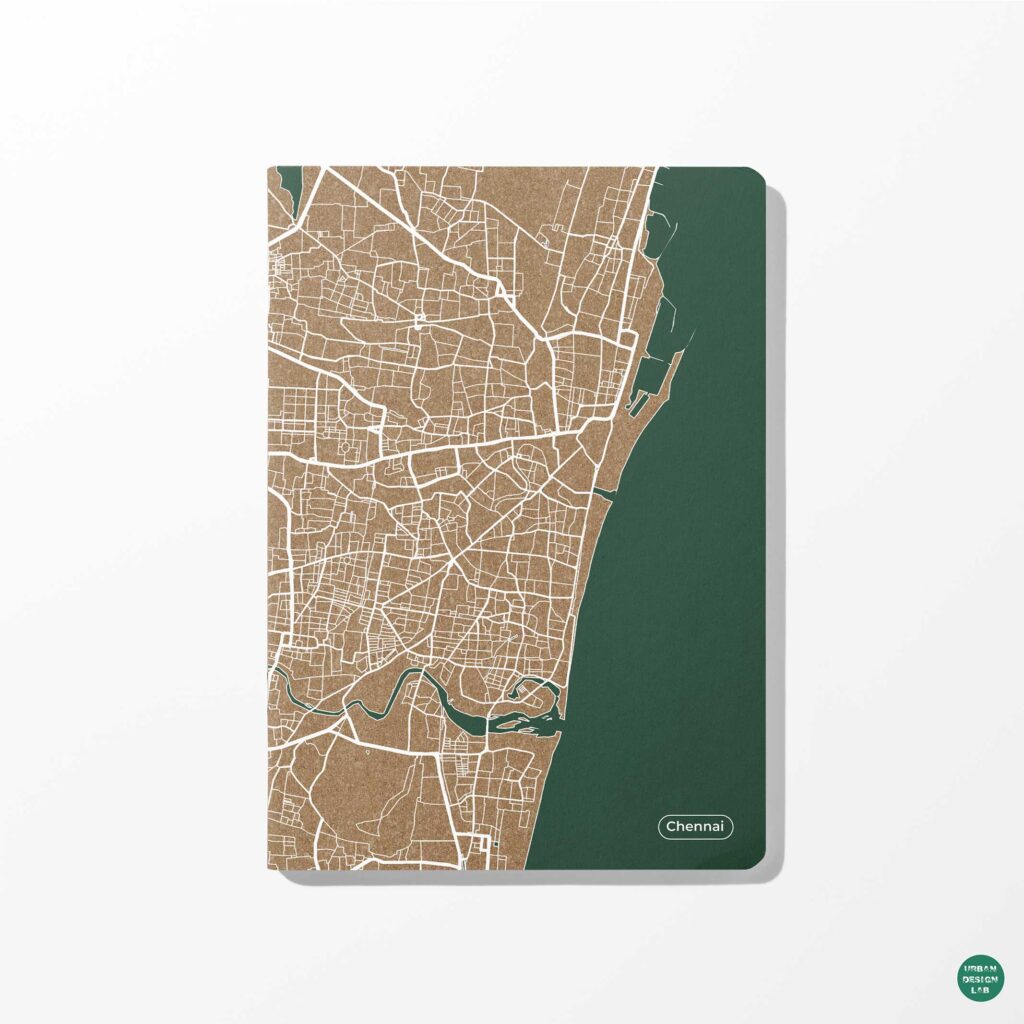
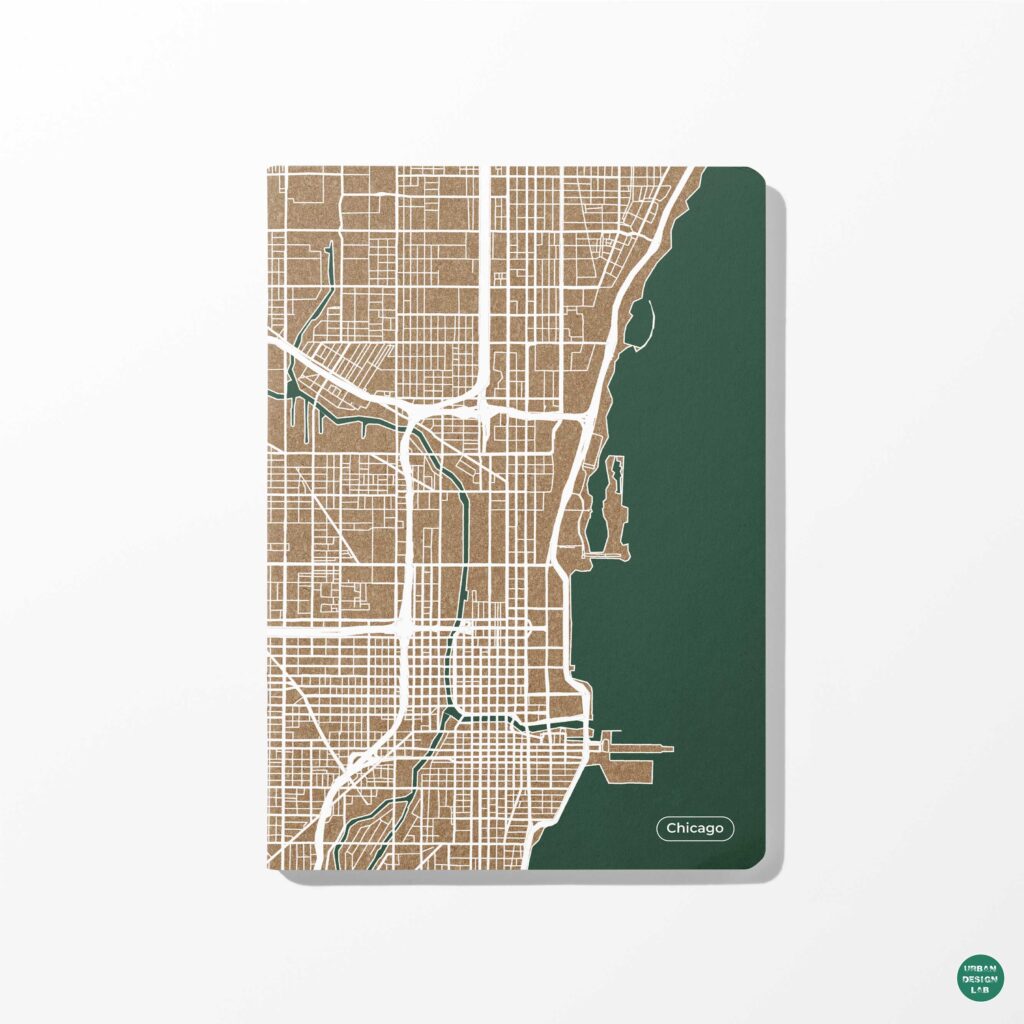
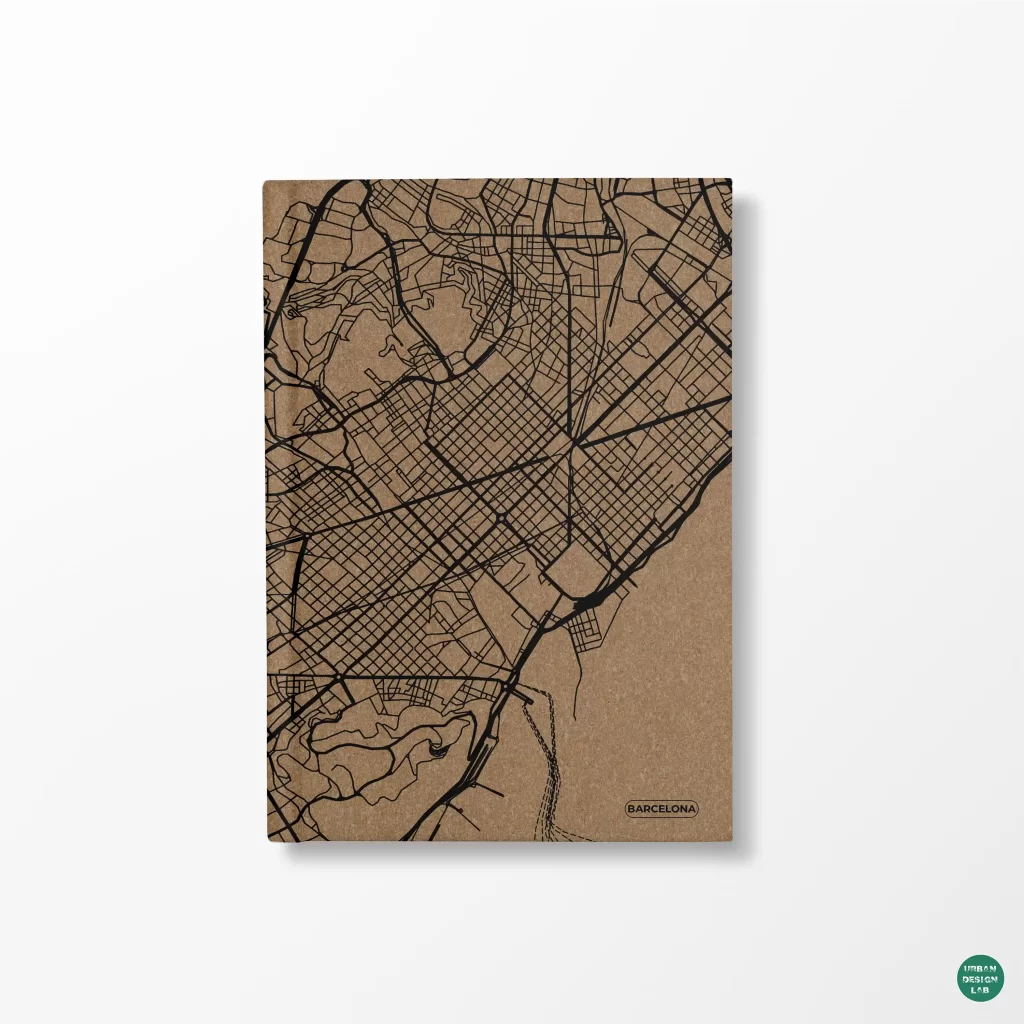

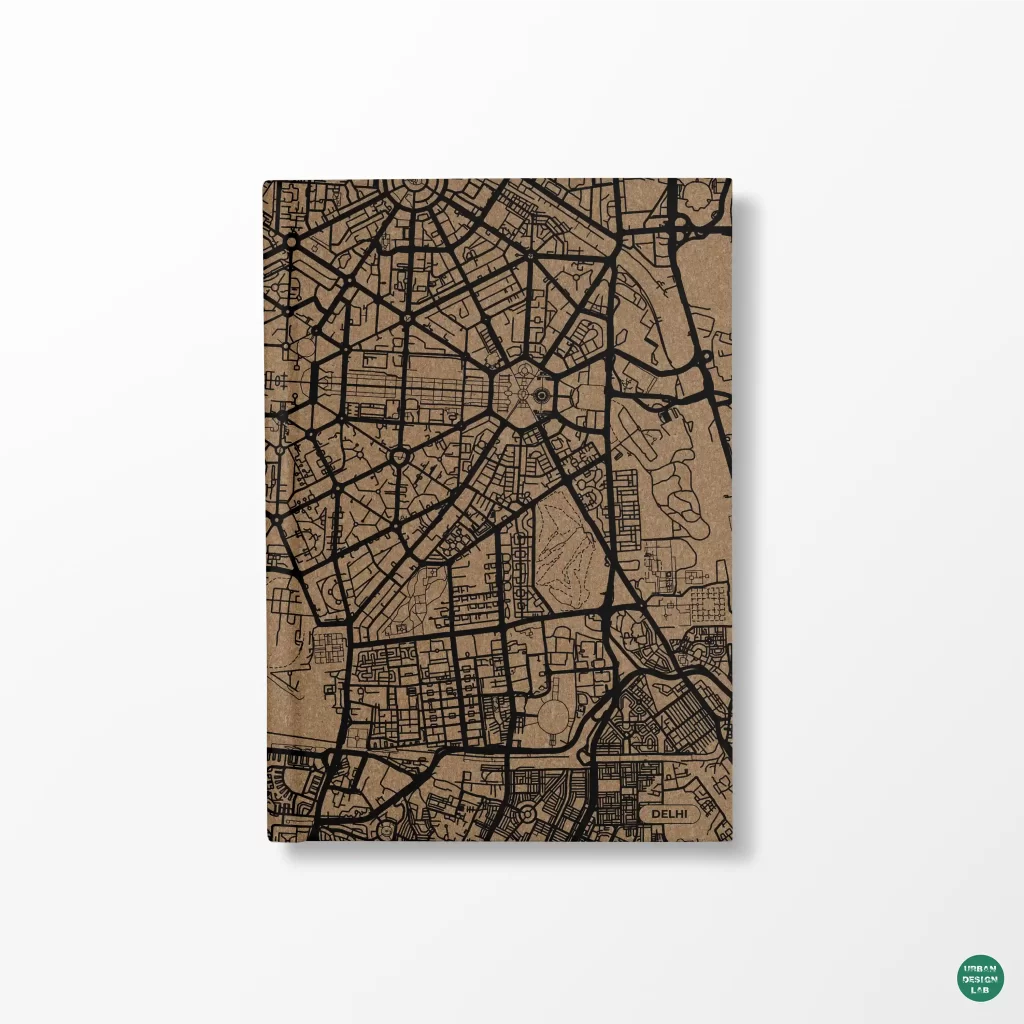

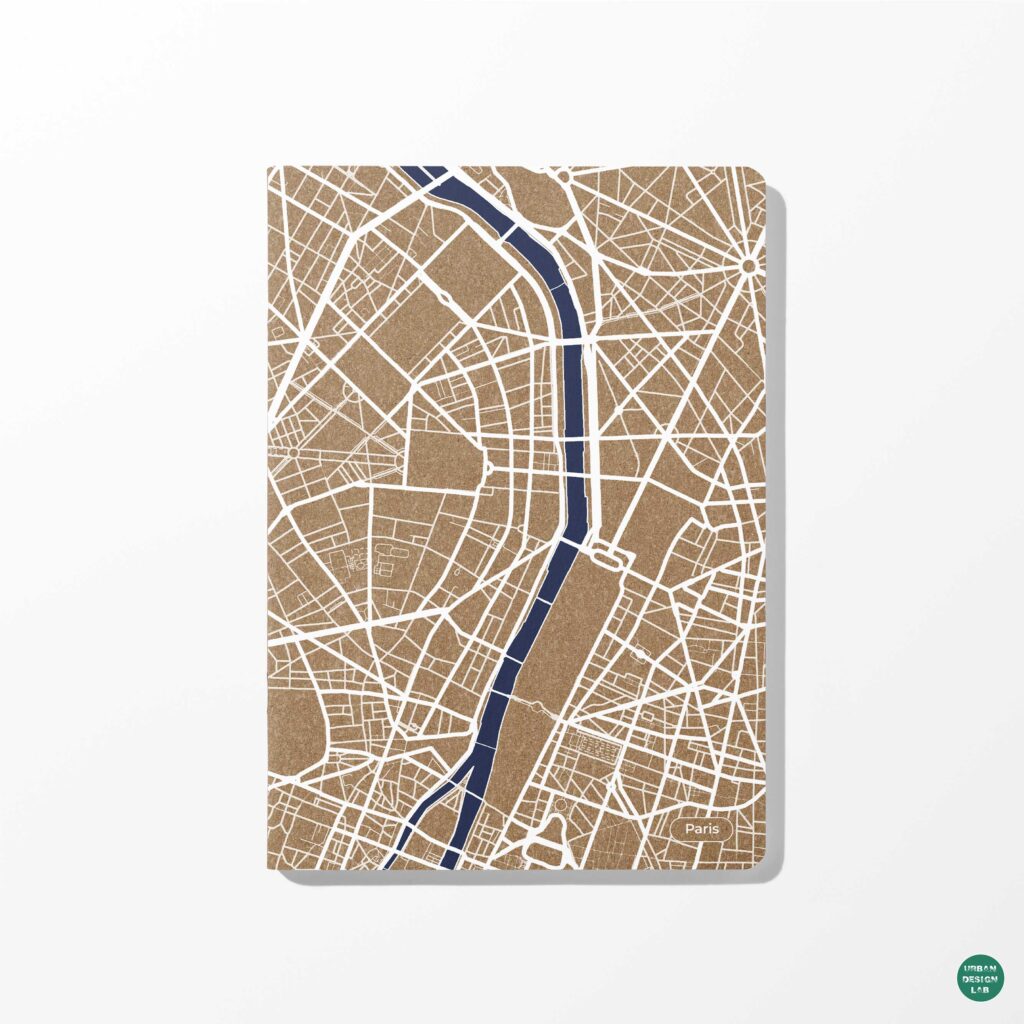


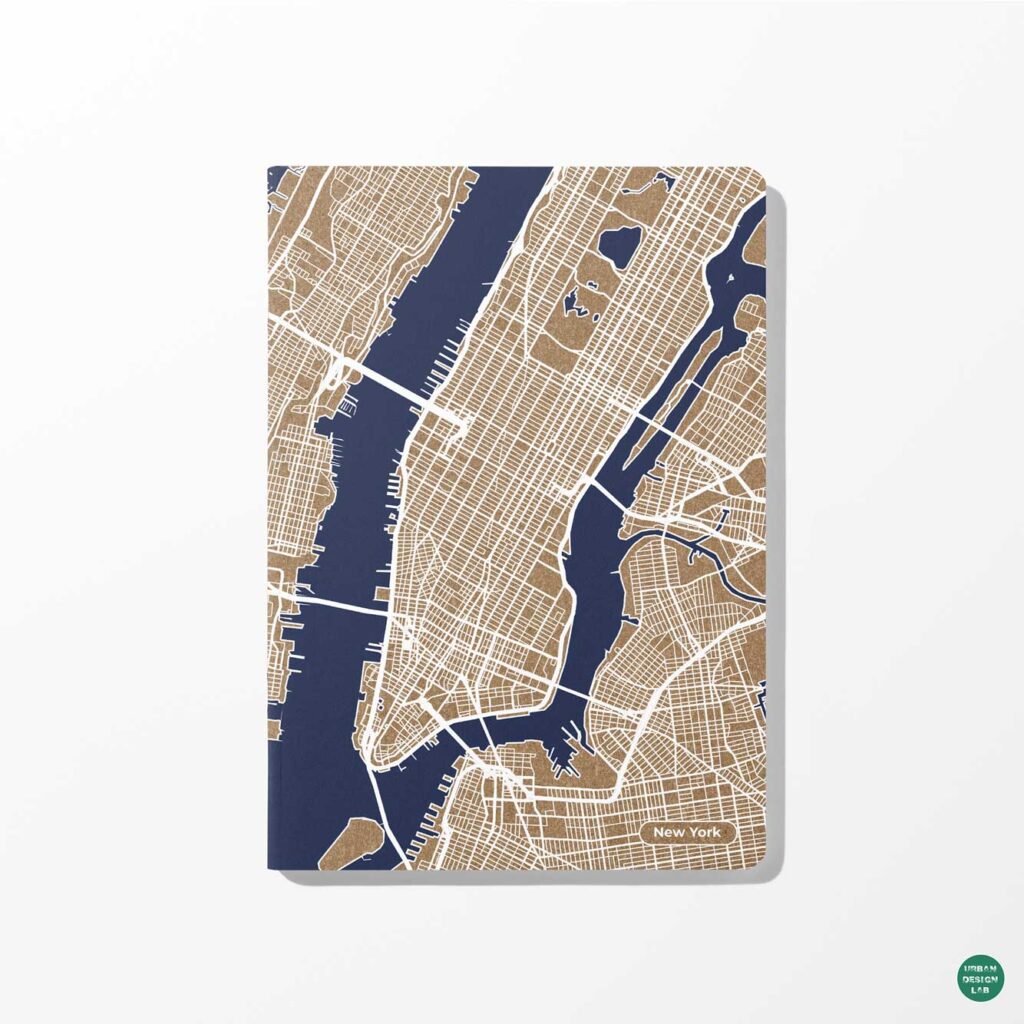
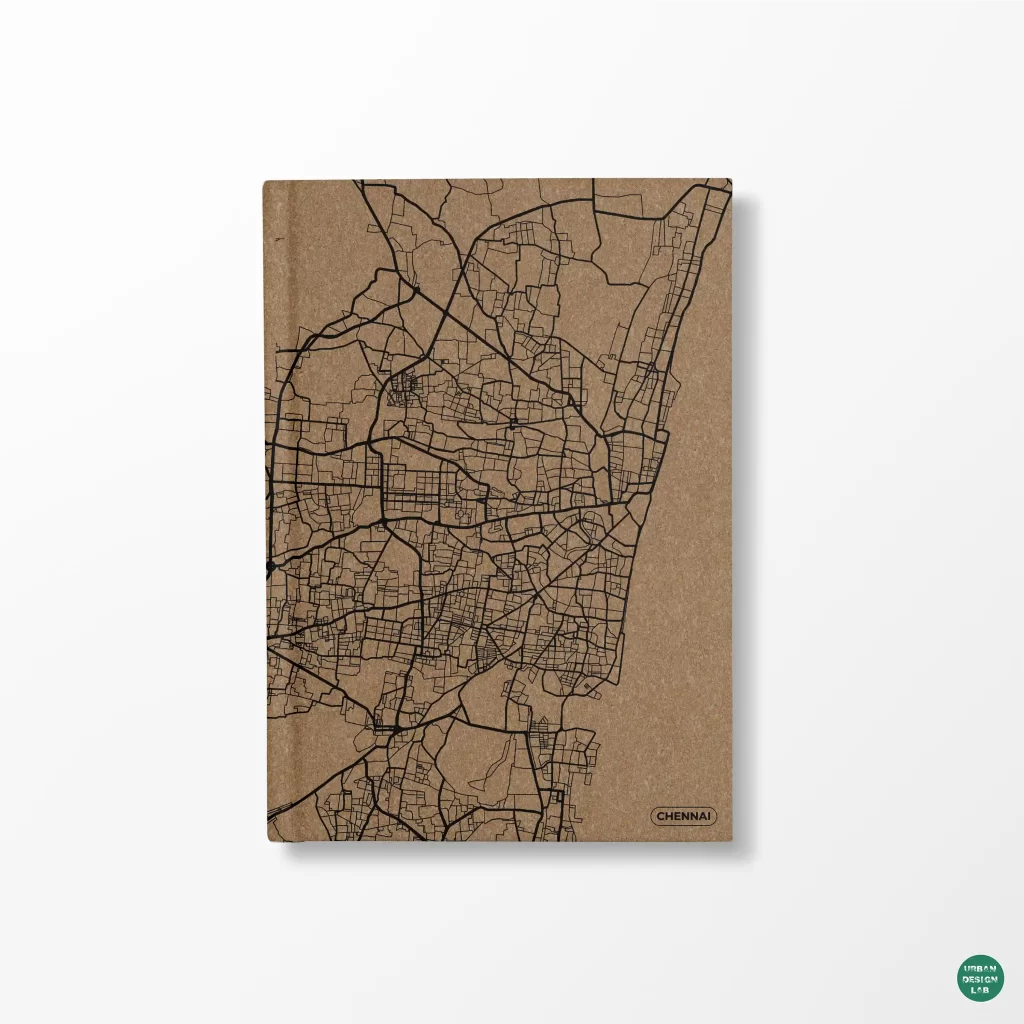
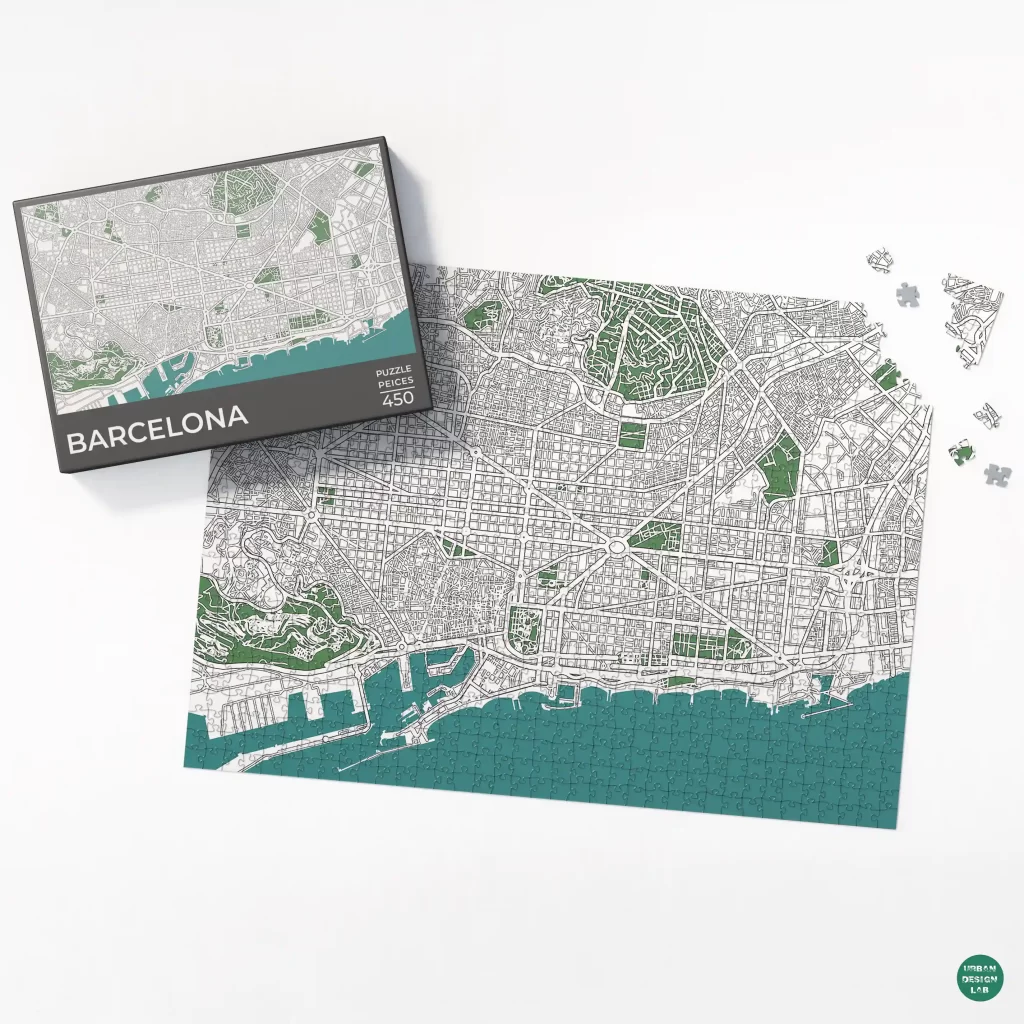







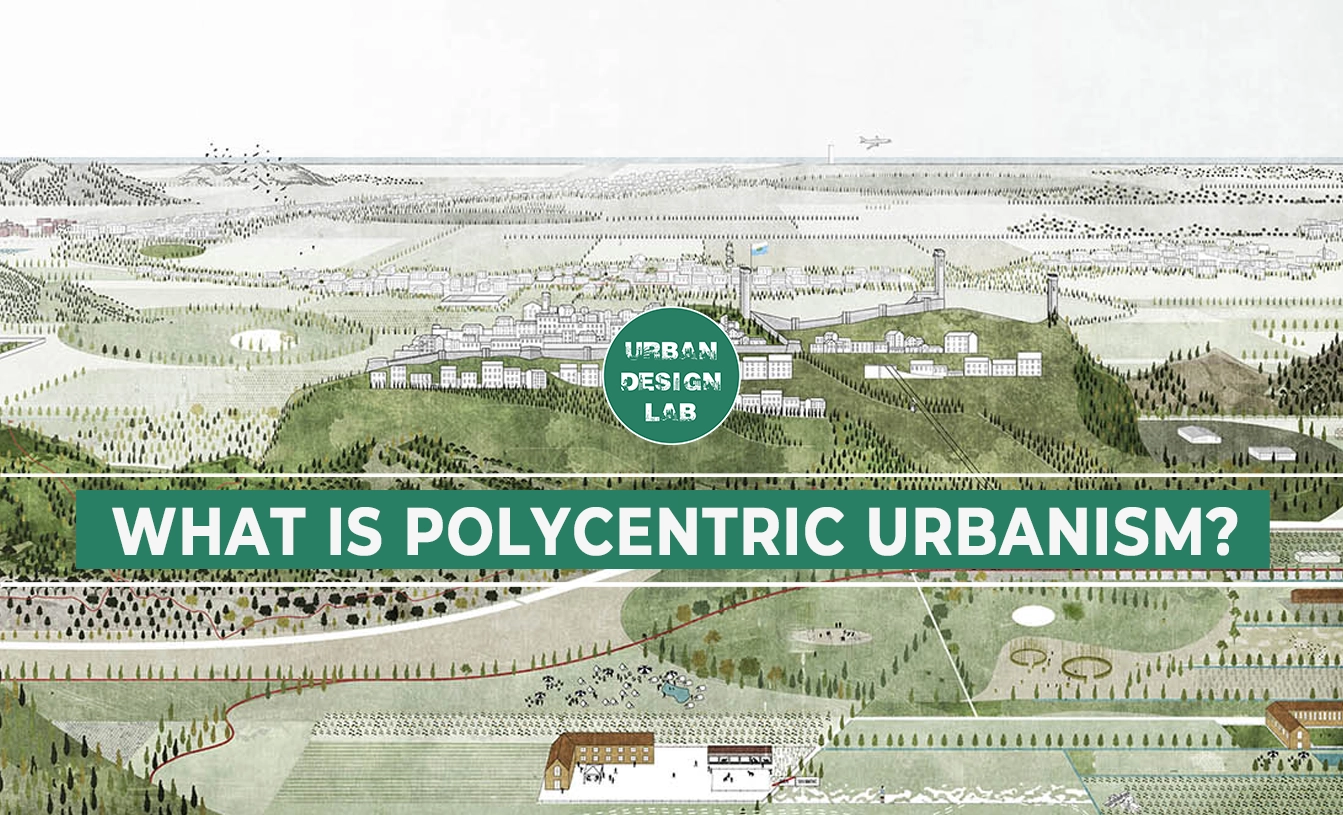
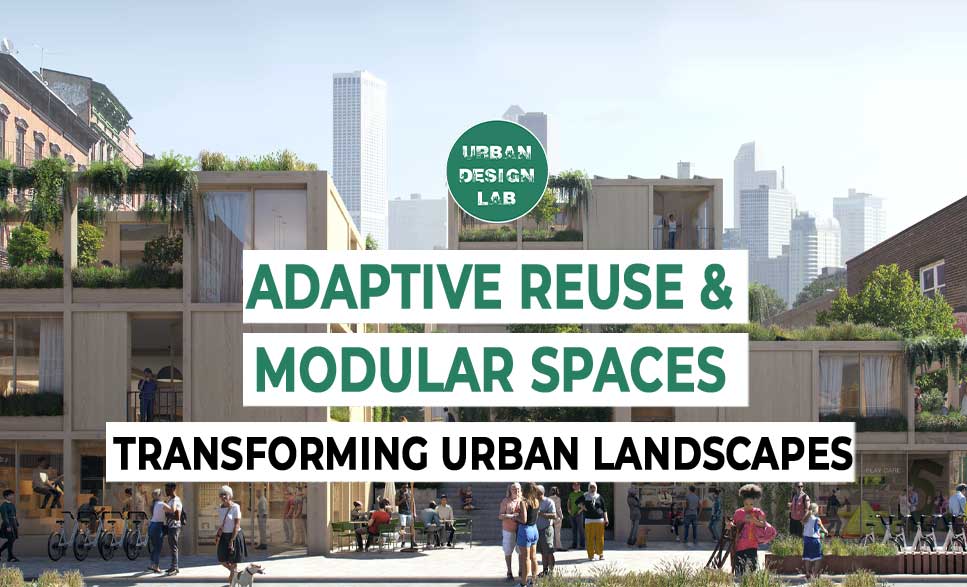
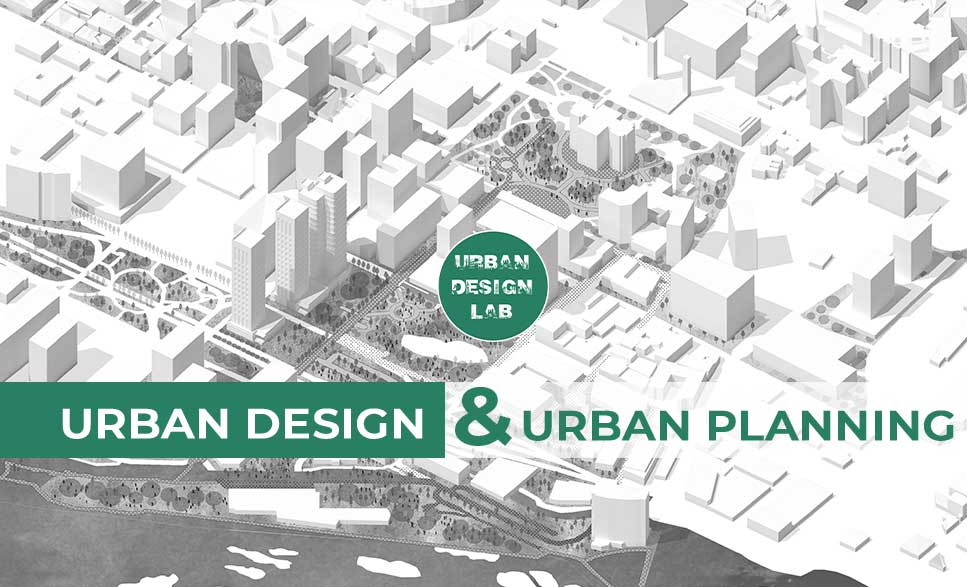










12 Comments
I’ve bookmarked this post for future reference. Thanks again!
This was really well done. I can tell a lot of thought went into making it clear and user-friendly. Keep up the good work!
This content is gold. Thank you so much!
I agree with your point of view and found this very insightful.
Thanks for sharing your knowledge. This added a lot of value to my day.
Very useful tips! I’m excited to implement them soon.
This is now one of my favorite blog posts on this subject.
This was very well laid out and easy to follow.
Thanks for addressing this topic—it’s so important.
It’s great to see someone explain this so clearly.
This gave me a whole new perspective on something I thought I already understood. Great explanation and flow!
Thank you for covering this so thoroughly. It helped me a lot.